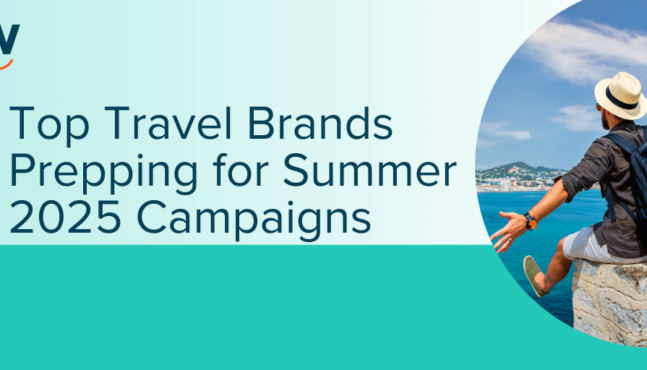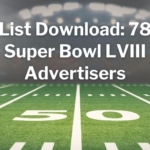
Updated Jan 2024: How to Find Ideal Sponsorship Partners
Are you responsible for finding your organization’s sponsorship partners? We work with the nation’s leading sports teams, nonprofit organizations, and event hosts, providing them with accurate brand decision-maker contact information, alongside forecasted sponsorship insights to help them identify timely partnership opportunities. Here are insider details on how our most successful clients find partnership opportunities long before their competitors (and techniques that have helped them build sponsorship proposals that convert new partners).
1. Know your audience
If you already know your audience inside and out, you’re ahead of the game. If you’re unsure who your organization attracts and which marketers want to work with you, there are ways to research and obtain these insights. First, send a survey to your past clients or attendees. Try questions like:
- What car do they drive?
- Do they attend live music events?
- What is their household income?
- Do they enjoy extreme sports?
- Do they give to charity?
Another tip is to ask which publications they read. This way, you can download the publication’s online media kit to infer deeper insights. Remember, your core audience must align with the demographic emphasis of the brand you’re pitching.
2. Conduct effective prospect research
Brands need to change to grow, so make sure you do your homework on their most recent initiatives. Instead of going through US Securities & Exchange Commission reports, invest in tools that have already done this heavy lifting. WinmoEdge is a prospecting publication that provides you with daily insights on marketing/sponsorship strategy shifts for a variety of brands, while Winmo provides decision-maker intelligence for thousands of major sponsorship spenders. This type of information will put you in front of the right people at the right time.
Get to know your corporate sponsors before asking them for money. Be very targeted in who you approach as potential sponsorship partners, and how you approach them. Shooting out a generic email to a big list of marketing and sponsorship contacts is not a good idea. As obvious as that sounds, how many of you have done just that? Invest your time in personalized outreach, and you’re almost guaranteed to get a better response rate.
Try the “sniper approach.” These messages are personal, short, and to the point. Subject lines should be fun and creative. Sponsorship decision-makers at major brands are bombarded with emails every day, so give them a reason to remember you and your company.
3. Don’t sell yourself, have others tell your story
Sponsorship and marketing decision-makers don’t want to feel like they are being sold. The best way to get around that barrier is to have someone else tell the story for you; someone who does not have a salesperson title (or stigma) attached to them. Take your cue from major consumer-facing advertisers who use customer-generated content and influencer marketing to tell their stories.
In the B2B world of attracting corporate sponsors, that method translates into leveraging third-party storytelling. An outsider’s endorsement is extremely important to include in your outreach to potential corporate sponsors. And, if you’re like most companies, about 5%–10% of consumers write reviews, but 84% of people trust online reviews as much as recommendations from friends. Make sure these testimonials go beyond the surface, including details around actual results and ROI.
It’s human nature to be skeptical of someone who is selling you something, so the more you rely on non-biased third parties to tell your story, the more you’ll disarm your prospective partner. You may even find the tables turn to the extent that they start pitching you on why they’re the right partner.





